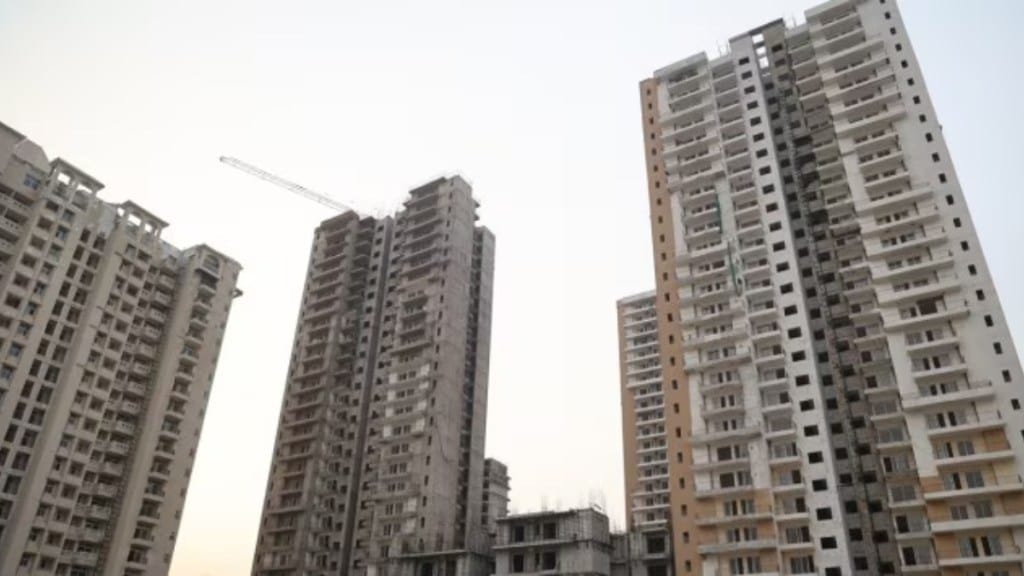The debt market in Indian real estate is projected to present a financing opportunity worth Rs 14 trillion ($170 billion) between 2024-2026, according to a report released on Thursday.
This opportunity arises from two primary market segments — construction finance, or long-term debt and lease rental discounting (LRD)– both slated for unprecedented growth during 2024-2026, the report by JLL-Propstack said.
The report estimates that the long-term debt requirement in the residential market alone will amount to nearly Rs 4.3 trillion by 2026. Additionally, India’s real estate construction market, which includes asset classes like Grade A commercial offices, high-quality malls, warehousing parks, and data centers, is predicted to grow by 35-40% over the same period, translating to an estimated potential of Rs 5.5 trillion to Rs 6 trillion.
Construction finance in India is largely dominated by the residential sector, accounting for nearly 70% of the market. However, there remains a significant gap between the total residential construction debt requirement and the debt that has been sanctioned, indicating the market’s underserved potential, the report said.
With strong fundamentals and a substantial need for long-term debt in construction finance, the current gap between sanctioned and market debt stands at Rs 1.5 trillion, the report added.
Furthermore, the LRD market in the commercial segment is expected to exceed Rs 8 trillion by 2026. The LRD potential in the commercial office segment alone is anticipated to grow by 30% in the next three years, driven by strong demand fundamentals and sustainability measures, it added.
In addition, the physical retail market and other rent-yielding assets, such as warehousing, data centers, and hotels, present substantial opportunities for lenders in the LRD segment.
“Last year, public and private sector banks accounted for 68% of total debt sanctioned, highlighting growing confidence and interest. The popularity of LRD in commercial real estate has also increased, constituting an average of 19% of total debt sanctions, with a notable rise to 25% in 2023,” said Lata Pillai, senior managing director, Capital Markets, India at JLL.
“To support developers at different stages, innovative and customised funding structures are needed, offering significant opportunities for Alternative Investment Funds (AIFs). Private credit will continue to play a crucial role, particularly in the residential sector. Shifting focus to smaller developers, who make up over two-thirds of the residential market, can make funding more inclusive,” added Pillai.
The study showed an increase in the banking sector’s participation, accounting for 70% of the total debt sanctioned in 2023, compared to non-banking sectors. Reforms in the real estate sector, such as the Insolvency and Bankruptcy Code (IBC), have instilled confidence among both public and private sector banks, the report added.

